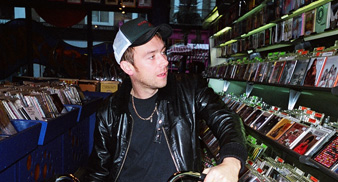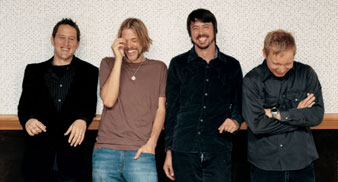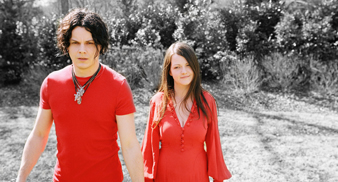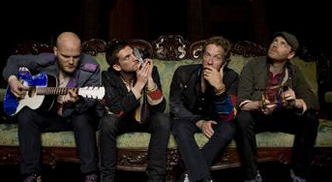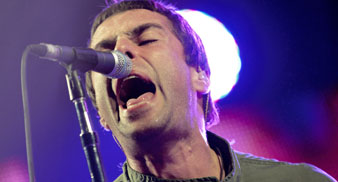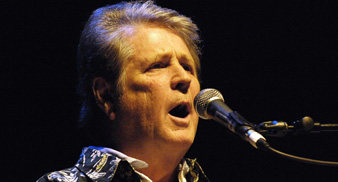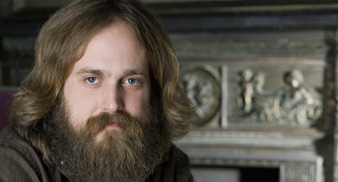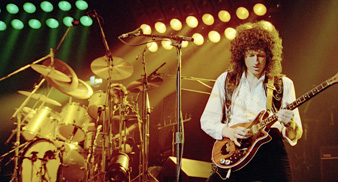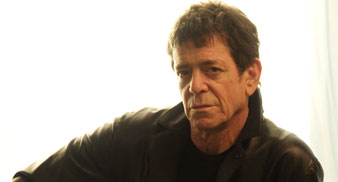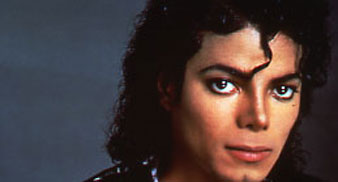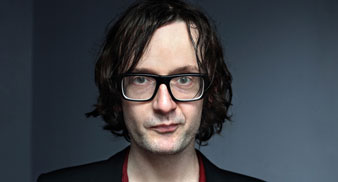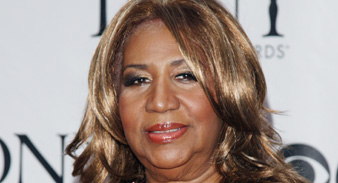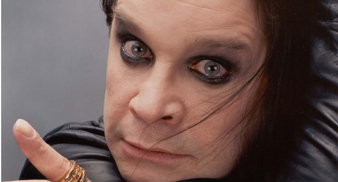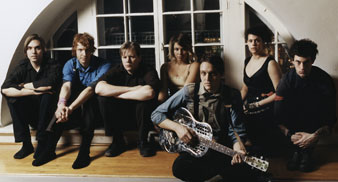This week has mostly been about Steve Coogan. The Trip – his BBC series with Rob Brydon – has prompted much discussion here in the Uncut office. As has the return of Coogan’s most famous creation, Alan Partridge – who as I’m sure you know by now is back in a series of short episodes released online.
Partridge’s return comes three weeks after the launch of Harry Hill’s Little Internet Show, via AOL. It’s interesting that Hill and Coogan have opted to explore the internet’s potential as a medium for comedy. Partridge’s return has been facilitated by Foster’s lager, who are rumoured to be keen to bring other much-loved characters back from TV limbo. Hill’s arrival on the web – despite having a deal with ITV to develop new shows – appears to be an attempt to reconnect with his comedy roots. As he told The Guardian in October, "I am producer, editor, director and star, which is how I used to do things.”
Coogan and Hill’s high-profile efforts are just the latest in a small, but significant drift of comedians into a digital environment. David Mitchell’s Soapbox, for instance, has run online since 2009, while Will Ferrell launched comedy website Funny Or Die in 2008 featuring a mix of original and user generated content. Last year, former music writer and Irvine Welsh collaborator Dean Cavanagh masterminded Svengali, an online comedy set in the music business that attracted cameos from Martin Freeman, Dave Berry, Carl Barat and Alan McGee.
Uncut’s own David Quantick – who’s also written for The Day Today, Brass Eye, Harry Hill and his own Radio 4 show, One – co-wrote Junkies, an internet sitcom about heroin addicts that starred Peter Baynham, Sally Phillips and Peter Serfinowicz back in 2000.
David says, “Internet comedy is the future - free from commissioning editors, idiot broadcasters and focus groups, people can be as inept and amateurish as they like, only not on BBC3.” Presumably, David’s views are shared across the board by most of the creators I’ve mentioned elsewhere in this blog. It reflects badly, too, on the commissioning process at the BBC’s digital channels – which should have been a great potential breeding ground for new talent. But for every Nighty Night or Gavin & Stacey, there’s been the horrors of Tittybangbang, Phoo Action or Two Pints Of Lager. Given this fairly parlous track record, perhaps it’s no doubt that comedians are seeking to develop their projects elsewhere.
But equally, creative outlets for comedians on television have become extremely limited. Curious, considering the high volume of comedy-based panel shows out there. But all the Mock The Weeks, 8 Out Of 10 Cats and their ilk have really done is nurture a particularly bland variety of stand-up comic.
Still, let me put my own soapbox away and get back to Partridge. Which, incidentally, is very good. As with each subsequent series of Partridge on television, part of the fun has been in seeing how far he’s fallen this time round: from his Knowing Me, Knowing You chat show to Radio Norwich and now, North Norfolk Digital, where he presents a show, Mid Morning Matters, and still behaves like the Alan we all know and love. “North Norfolk Digital,” he announces in typically pompous tones. “’Sustaining and maintaining our core listenership in an increasing fragmented marketplace.’ Just realised I read that from an internal memo…”
[youtube]ucrpgmJxx0E[/youtube]
The set-up is low-budget – two cameras placed in the radio studio. In the first episode, he’s joined by Sidekick Simon (Edinburgh winner Tim Key, who also wrote and performed a lovely little Radio 4 show called All Bar Luke). In a typically excruciating send-up of the kind of inane air-filling banter beloved of many radio DJs and their on-air accomplices, subjects under discussion include Anthea Turner – “the Ford Escort Cabriolet of middle-aged women” – what they had for brunch and which one condiment they’d take to a desert island. Partridge also interviews one Jim Jones – “just to clear something up, you’re not the Jim Jones who led a mass suicide in the Jonestown massacre by feeding his followers poison broth?” Jones, it transpires, runs a campaign that encourages young kids to take up cycling. “You’ve been cleared to work with children, haven’t you?” Partridge asks. “That’s all official? You’re on the register? The good one? Sorry to have to broach that subject. It’s an awful business, but we’ve had some cracking phone-ins about it.”
Brilliant stuff, and I look forward to the rest of the series.
This week has mostly been about Steve Coogan. The Trip – his BBC series with Rob Brydon – has prompted much discussion here in the Uncut office. As has the return of Coogan’s most famous creation, Alan Partridge – who as I’m sure you know by now is back in a series of short episodes released online.


